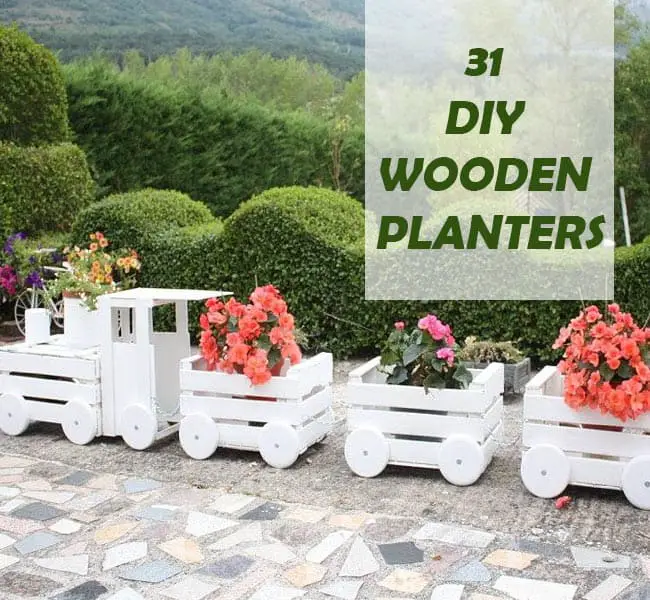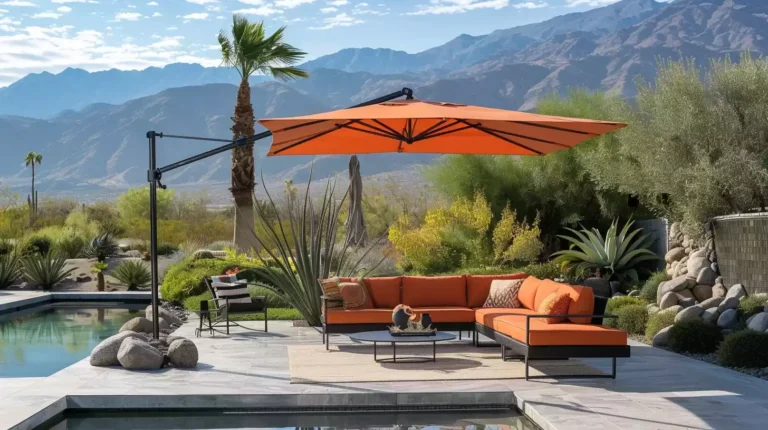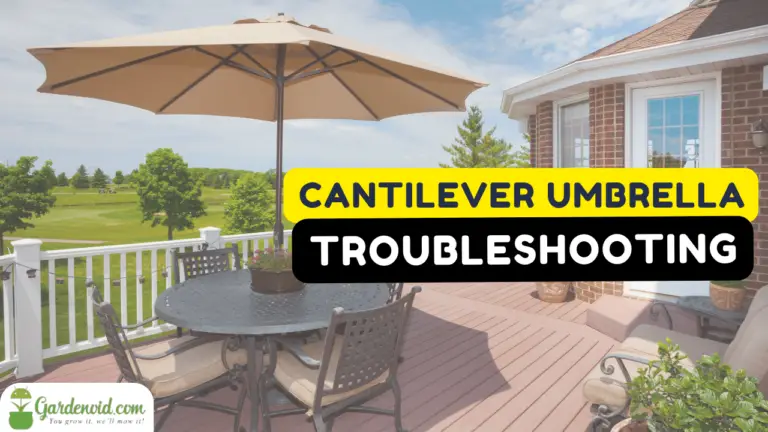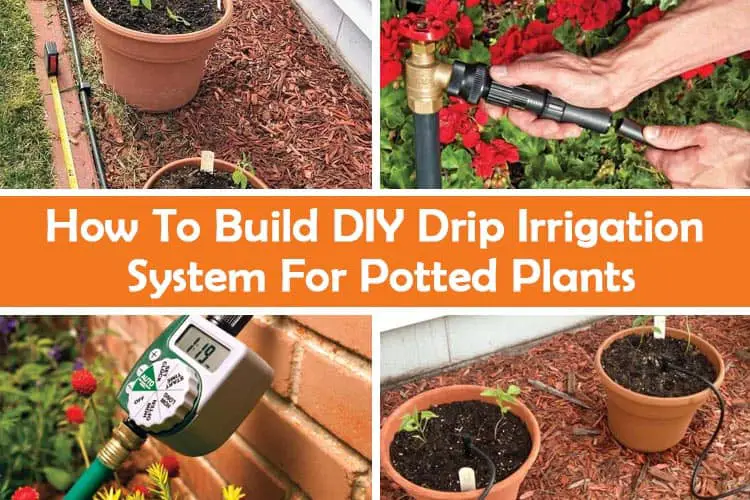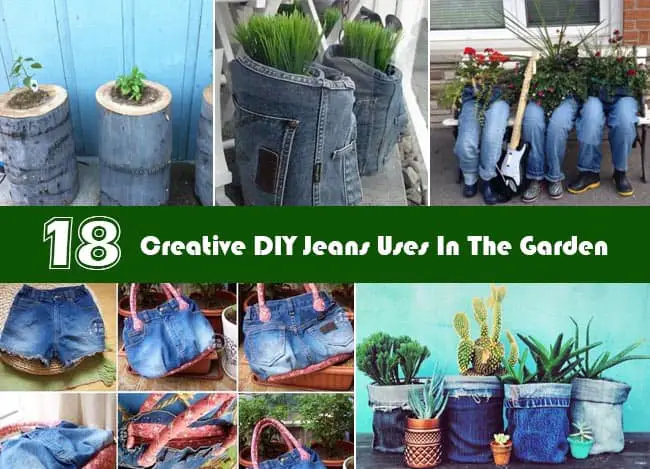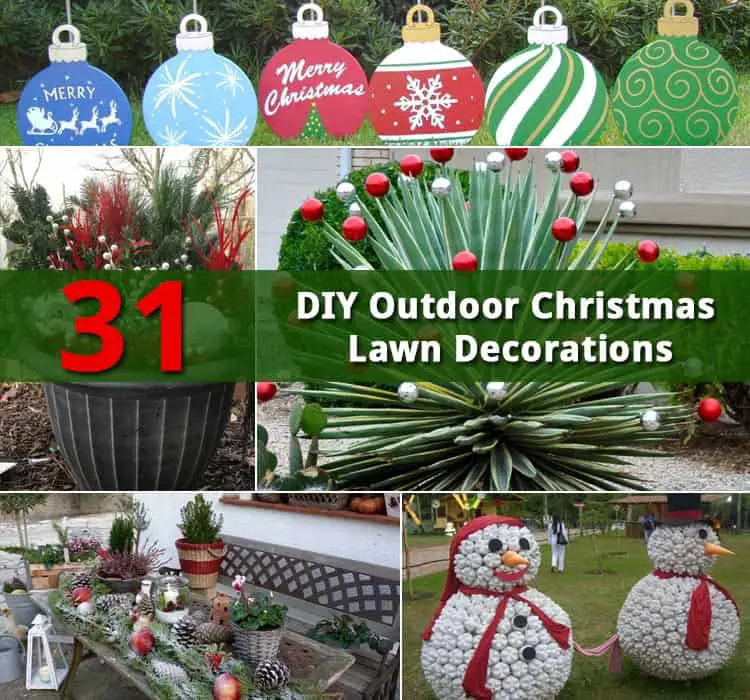Dreaming of Green: Create a Charming Snap Pea Fence for Your Garden
So, you’ve decided to take your snap pea gardening to the next level by building a snap pea fence. Let’s go through the practical steps to create a sturdy and visually pleasing structure that will support your pea plants effectively.
From selecting the right materials to ensuring proper installation, every detail plays an important role in the success of your snap pea fence.
Stay tuned to learn the secrets behind a thriving snap pea garden and how a well-built fence can make all the difference in your harvest.
Continue Reading to Understand These Key Points:
- Use nylon netting and hardwood stakes for a sturdy sugar snap pea trellis.
- Ensure easy access and proximity to tools for maintenance and harvesting.
- Measure, mark, and set up fence posts accurately for plant support.
- Securely attach and maintain nylon netting for optimal plant growth and easy harvesting.
Materials Needed for Snap Pea Fence
To construct a sturdy snap pea fence, gather nylon netting with 5-6 inch squares, hardwood stakes, and a staple gun as essential materials.
The nylon netting provides a strong and durable trellis for the sugar snap peas to climb. Its 5-6 inch squares offer ample space for the plants to weave through while providing the necessary support for their growth.
Hardwood stakes are vital for securing the netting in place and ensuring the fence remains upright and stable throughout the growing season. A staple gun is indispensable for attaching the netting to the stakes securely.
When setting up the snap pea fence, it’s essential to have these materials readily available to create a robust structure that will support the sugar snap peas effectively.
The combination of nylon netting, hardwood stakes, and a staple gun is key to establishing a reliable trellis system that maximizes growing space, promotes healthy plant growth, and facilitates easier harvesting of the delicious snap peas.
Choosing the Right Location
When selecting a location for your snap pea fence, make sure it receives ample sunlight, at least 6-8 hours daily, for best growth.
Always choose a spot with well-draining soil to prevent waterlogging and potential root rot issues.
Consider proximity to a water source for convenient irrigation and easy access for maintenance tasks such as harvesting and pruning.
Sunlight for Optimal Growth
Position the snap pea fence in a location that receives a minimum of 6-8 hours of direct sunlight daily for the best growth of sugar snap peas.
To guarantee ideal sunlight exposure, consider the sun’s angle throughout the day. Proper sunlight exposure is essential for maximizing the sweetness and tenderness of sugar snap peas.
Inadequate sunlight can result in leggy growth, reduced flowering, and lower pea yields. Placing the snap pea fence in an area with unobstructed sunlight promotes healthy plant development and abundant pod production.
Below is a table outlining the sunlight requirements for sugar snap peas:
| Sunlight Requirement | Description |
|---|---|
| Full Sun (6-8 hours/day) | Minimum sunlight is needed for the best growth of sugar snap peas. |
| Partial Sun | Insufficient for ideal growth; may lead to reduced yields and leggy growth. |
| Shade | Inadequate sunlight for sugar snap peas; can result in poor plant development. |
Accessibility for Maintenance
Considering the best sunlight requirements for sugar snap peas, the selection of a suitable location for your snap pea fence plays a pivotal role in ensuring easy maintenance tasks like pruning, tying, and harvesting can be efficiently carried out.
When choosing the right spot in your garden, accessibility is key. Ensure there’s enough space around the fence for comfortable movement and reach.
Proximity to tools and water sources is also critical for convenient maintenance. This ensures that regular care and inspection can be done without causing damage to the plants.
The best location selection not only enhances the overall health and productivity of your snap pea plants but also makes it easier for you to keep up with necessary maintenance tasks for a flourishing garden.
Measuring and Marking the Area
To guarantee a proper fit within the garden space, the length and height required for the snap pea fence must be accurately measured. The snap pea fence will serve as a support structure for the peas to climb and grow effectively.
Begin by marking the boundaries of the area where the snap pea fence will be installed. Consider the spacing between each post or support structure to make sure the snap pea plants have ample support as they grow.
Use stakes or markers to indicate where each post will be placed along the fence line, allowing for precise placement and alignment.
It’s important to maintain proper alignment and levelness of the marked area to make sure the snap pea fence is straight and sturdy. By measuring and marking the area meticulously, you set the foundation for a successful snap pea fence that will support your pea plants throughout their growth cycle.
Digging Fence Post Holes
I rely on a post hole digger or an auger to excavate holes at specified intervals in the ground for the snap pea fence posts, ensuring proper spacing and stability.
Before beginning, determine the appropriate spacing based on the desired length and stability of the pea trellis. The depth of the fence post holes should be at least one-third the height of the posts to provide ample support.
When digging, consider the soil composition to prevent issues with stability or shifting over time. Soil with good drainage will help maintain the integrity of the fence posts.
After placing the posts in the holes, compact the soil firmly around the base of each post to secure them in place. This step is critical in preventing the leaning or shifting of the posts.
Setting Up the Fence Posts
Having excavated the necessary holes for the snap pea fence posts, the next step is to set them up securely in place for the best stability and support.
When setting up the fence posts for your sugar snap pea plants, it’s critical to follow these steps meticulously:
- Choose sturdy fence posts such as cedar or treated wood to guarantee durability and longevity in supporting the trellis for the sugar snap peas.
- Space the fence posts evenly along the designated area, making sure they’re at least 6 feet tall to provide ample support for the full growth of the sugar snap pea plants.
- Dig the holes for the fence posts approximately 1/3 of the post length to anchor them securely into the ground.
- Use a level to confirm that the fence posts are upright and straight, adjusting them as needed before backfilling the holes with soil.
- Secure the fence posts firmly in place by tamping down the soil around them and consider adding concrete for additional stability if desired.
Installing Horizontal Support Beams
Securing the pressure-treated 2×4 lumber as horizontal support beams is essential for reinforcing the structural integrity of the snap pea fence. These beams provide the framework necessary to support the growth of the snap pea vines and their pea pods.
To guarantee stability, cut the beams to the desired length based on the width of the fence, then space them evenly along the length of the structure. This spacing should be consistent to evenly distribute the weight and growth of the pea vines.
Once the beams are in position, secure them to the vertical posts using exterior-grade screws or nails. It is critical to make sure the beams are level to provide adequate support for the pea vines as they grow and produce pods.
Steps to Install Horizontal Support Beams:
- Cut pressure-treated 2×4 lumber to the desired length
- Space beams evenly along the fence
- Secure beams to vertical posts using screws/nails
- Confirm beams are level for vine support
- Prepare for pea pod growth and support
Attaching Vertical Strings for Pea Vines
To provide vertical support for the growing pea vines, attach biodegradable jute twine or sturdy string securely to the top of the trellis structure and anchor them in the soil at the base. This gives the vines a stable surface to climb and grow efficiently.
Here are some key steps to think about when attaching vertical strings for pea vines:
- Secure Attachment: Affix the strings firmly to the top of the trellis to prevent sagging or instability.
- Anchoring in Soil: Drive the ends of the strings into the soil at the base of the trellis to keep them in place.
- Tautness: Maintain the strings taut to provide adequate support for the pea vines as they grow.
- Spacing: Space the vertical strings approximately 6-8 inches apart to accommodate the spreading growth of the vines.
- Regular Maintenance: Regularly inspect and adjust the strings as the pea vines continue to grow, making sure they have the necessary support throughout their development.
Securing the Fence With Netting
I recommend using nylon netting with 5-6 inch squares to secure the snap pea fence, ensuring maximum airflow and light exposure.
To secure the netting, drive hardwood stakes into the ground and staple the netting for stability.
Regularly check the netting’s tautness to support the growing snap peas and maintain the fence’s integrity.
Netting Installation Tips
For best support and stability when securing the snap pea fence with netting, it’s recommended to use heavy-duty nylon netting with 5-6 inch squares. When installing the netting, follow these key tips:
- Secure the netting to the fence posts with staples or zip ties for stability.
- Guarantee the netting is taut to prevent sagging and provide proper support.
- Space the staples or ties evenly along the netting for uniform attachment.
- Regularly inspect and tighten the netting as needed to maintain a sturdy fence structure.
Choosing Durable Materials
Selecting a high-quality, UV-resistant nylon netting with 5-6 inch squares is essential for ensuring durability and support in securing the snap pea fence. UV-resistant netting is vital for withstanding outdoor conditions and extending the fence’s lifespan.
To guarantee stability, securely attach the netting to the fence posts using staples or zip ties. Consider the fence’s height when choosing the netting to cover the entire structure effectively.
Regularly inspect and maintain the netting to promptly address any tears or damage for continued support.
| Nylon Garden Netting | UV-Resistant |
|---|---|
| Durability | Optimal Support |
| Outdoor Conditions | Prolonged Lifespan |
| Stability | Secure Attachment |
| Height Coverage | Maintenance |
Maintaining and Harvesting Snap Peas
To maintain and harvest snap peas effectively, it’s important to harvest them frequently to promote continuous production and prevent overripening. When engaging in the harvesting process, using scissors or pruners is recommended to avoid damaging the vines.
Train snap pea vines away from gaps in the trellis to facilitate easier and more efficient harvesting. Consider using biodegradable materials like jute string for simple end-of-season cleanup.
It’s also essential to maintain visibility and accessibility within the trellis netting to effectively spot and harvest snap peas.
- Harvest snap peas frequently
- Use scissors or pruners for harvesting
- Train vines away from trellis gaps
- Consider biodegradable materials for cleanup
- Maintain visibility and accessibility in the trellis netting
Final Thoughts
Creating a snap pea fence is a practical and beneficial way to support your pea plants.
For example, by building a sturdy trellis structure, I was able to grow my snap peas vertically, resulting in healthier plants and easier harvesting.
The crisp, juicy pods produced were a delicious addition to my garden.
With proper maintenance, your snap pea fence can enhance your gardening experience and yield a bountiful harvest of fresh peas.

